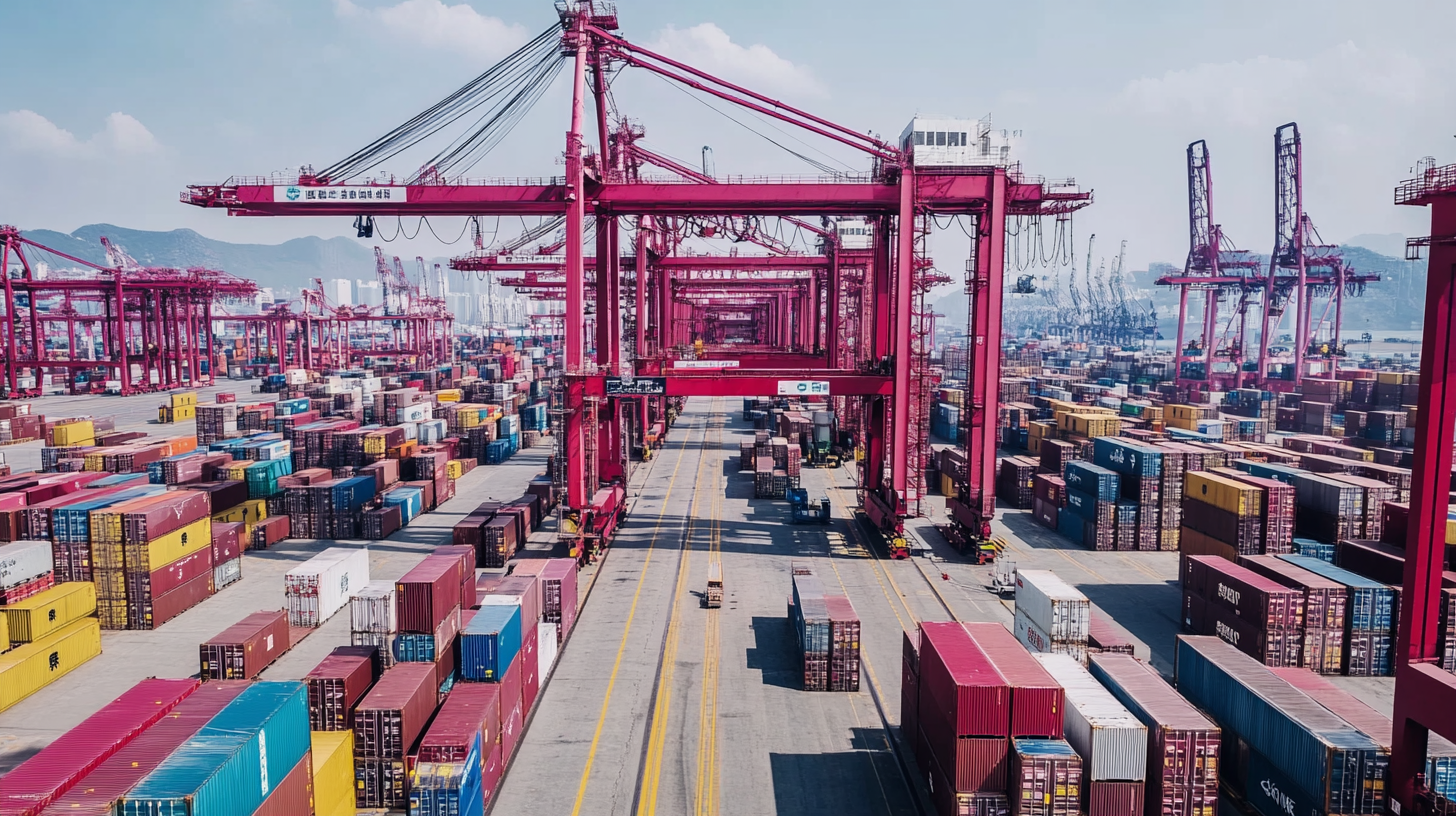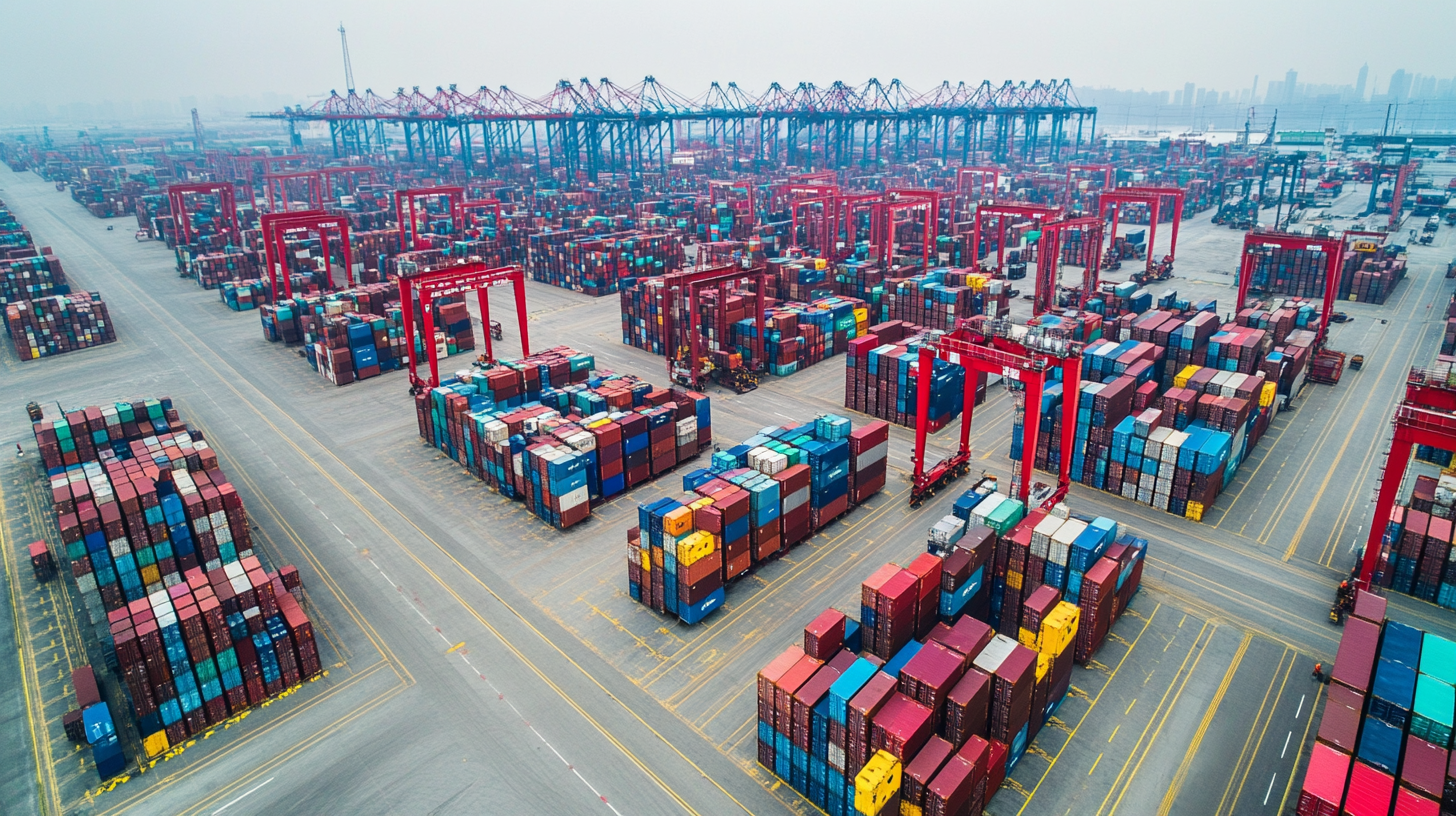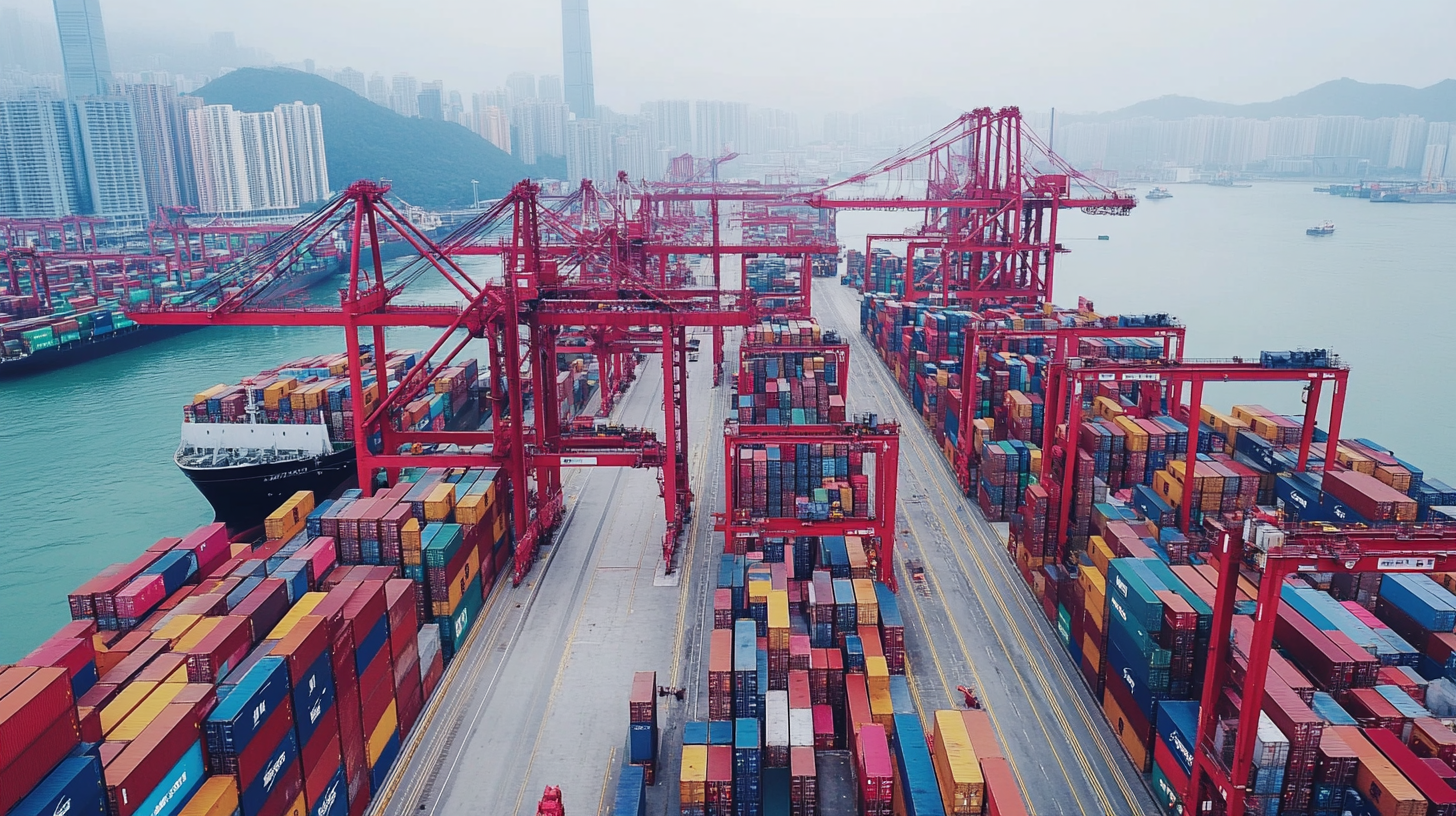A-B-C Blog
Navigating Tariff Challenges: How China's Best Robotic Palletizer Drives Global Supply Chain Growth
In an era where global supply chains are increasingly strained by tariffs and trade tensions, China's manufacturing sector has showcased remarkable resilience, particularly through the innovative deployment of technology. One standout example is the advancement of the Robotic Palletizer, which has not only enhanced production efficiency but also positioned Chinese manufacturers to thrive even in the face of escalating US-China tariffs. These intelligent machines are revolutionizing logistics and warehousing by automating the palletizing process, thereby reducing labor costs and increasing operational speed. As companies worldwide seek to optimize their supply chains, the adoption of Robotic Palletizers represents a strategic move for Chinese manufacturers, enabling them to maintain competitive pricing and service levels. This blog explores how these technological advancements not only mitigate the impact of tariffs but also drive growth and reinforce China's role as a pivotal player in the global market.

Challenges of U.S.-China Tariff Policies on Manufacturing
The ongoing tariff policies between the U.S. and China have posed significant challenges for manufacturers aiming to maintain a competitive edge in the global market. With escalating tariffs on imports and exports, companies are forced to navigate a complex web of regulations, which can impact operational costs and supply chain efficiency. Amid these challenges, innovative solutions like advanced robotic palletizers are emerging as vital tools to help businesses adapt and thrive. These technologies streamline packaging and logistics processes, offering greater reliability and speed in the face of uncertainty.
**Tip 1:** Stay informed about tariff changes and trade regulations. Regularly review government publications and trade association updates to anticipate impacts on your supply chain.
**Tip 2:** Invest in automation, such as robotic palletizers, to improve operational efficiency. This investment not only mitigates the effects of tariffs by optimizing labor costs but also enhances productivity and scalability in manufacturing.
**Tip 3:** Consider diversifying your supply chain sources. Reducing reliance on a single market can alleviate the pressures of tariffs and provide more flexibility in sourcing materials, ultimately strengthening your global footprint.

The Role of Robotic Automation in Overcoming Trade Barriers
Robotic automation has emerged as a pivotal solution for businesses looking to navigate the complex landscape of global trade barriers. In recent years, the imposition of tariffs has challenged manufacturers and distributors alike, necessitating innovative approaches to maintain efficiency and competitiveness. China's advanced robotic palletizers exemplify how automation can help businesses streamline operations and reduce costs in an increasingly protectionist environment.
By harnessing the power of robotic technology, companies can enhance their supply chain resilience. Robotic palletizers not only improve the speed and precision of product handling but also minimize labor costs and error rates. This technology allows businesses to adapt swiftly to changing tariff regulations and fluctuating market demands. Furthermore, integration of robotic systems enables seamless scalability, making it easier for companies to expand into international markets while mitigating risks associated with trade restrictions. As global supply chains become more complex, the adoption of automation tools will be essential for overcoming challenges and driving growth.

Success Stories: How Leading Chinese Firms Adapted to Tariff Changes
In the face of escalating tariff challenges, particularly the recent 25% tariffs imposed by the U.S. on a myriad of products, Chinese firms are increasingly adapting their strategies to ensure resilience and global supply chain growth. The impacts are particularly pronounced in the automotive components sector, where companies are grappling with both heightened costs and the urgency to pivot towards more sustainable practices. According to industry reports, the tariffs threaten the profitability of many firms, leading to the exploration of "de-Americanization" strategies, which prioritize diversification of supply chains beyond the U.S. market.
Moreover, as companies like leading robotics manufacturers innovate with automated solutions, they play a crucial role in mitigating tariff impacts. Robotic palletizers, for instance, streamline operations and reduce labor costs, which becomes critical under the pressure of increasing tariffs. Data shows that automation can enhance efficiency by up to 40%, allowing firms to reallocate resources and adapt dynamically to the evolving trade landscape. This adaptability is vital for maintaining competitive advantage as firms navigate through these complex trade challenges, highlighting the successful responses of Chinese firms amid turbulent economic conditions.
Navigating Tariff Challenges: Robot Palletizer Impact on Supply Chain
This chart illustrates the percentage growth in global supply chain efficiency achieved by leading Chinese firms in the robotic palletizer market, amidst tariff changes from 2018 to 2023.
Innovation in Tech: The Impact of Robotics on Supply Chain Efficiency
In recent years, the integration of robotics into supply chain operations has emerged as a game-changer, particularly with innovations seen in China's robotic palletizers. These advanced machines not only streamline the packaging and shipping processes but also offer enhanced precision and efficiency. By automating the movement of goods, companies can reduce labor costs and minimize human error, leading to faster turnaround times and improved productivity.
The impact of robotics on supply chain efficiency is evident in various sectors, from manufacturing to logistics. Robotic palletizers are capable of handling complex tasks seamlessly, adapting to different products and packaging types with ease. This flexibility allows businesses to respond quickly to market demands, ultimately enhancing their competitiveness on a global scale. As companies worldwide navigate tariff challenges and evolving trade dynamics, leveraging robotic technology becomes pivotal in sustaining growth and optimizing supply chains.
Navigating Tariff Challenges: Global Supply Chain Growth
This pie chart illustrates the various contributions to global supply chain efficiency, highlighting the dominance of robotic solutions, which play a crucial role in driving growth amidst tariff challenges and fostering innovation in the industry.
Future Outlook: The Global Competitive Edge of China's Robotics Industry
China's robotics industry stands at the forefront of technological advancement, fostering a competitive edge that is reshaping the global supply chain landscape. As the demand for automation grows, China has emerged as a hub for the development and deployment of cutting-edge robotic solutions, particularly in the realm of palletizing. The integration of these advanced robotic systems into supply chains not only enhances efficiency but also addresses challenges posed by tariffs and trade regulations. By optimizing processes and reducing labor costs, Chinese robotic palletizers are not just supporting local industries but also exporting their expertise globally.
Looking ahead, China's commitment to innovation and investment in robotics will likely solidify its leadership in the sector. The continuous evolution of artificial intelligence and machine learning technologies paves the way for smarter, more efficient robotic systems that can adapt to varying supply chain demands. This agility is crucial in a world where businesses face fluctuating market conditions and geopolitical uncertainty. As China bolsters its capabilities, it will not only strengthen its own economy but also provide an essential competitive advantage to partners across the globe, fostering greater collaboration and growth within international supply chains.






